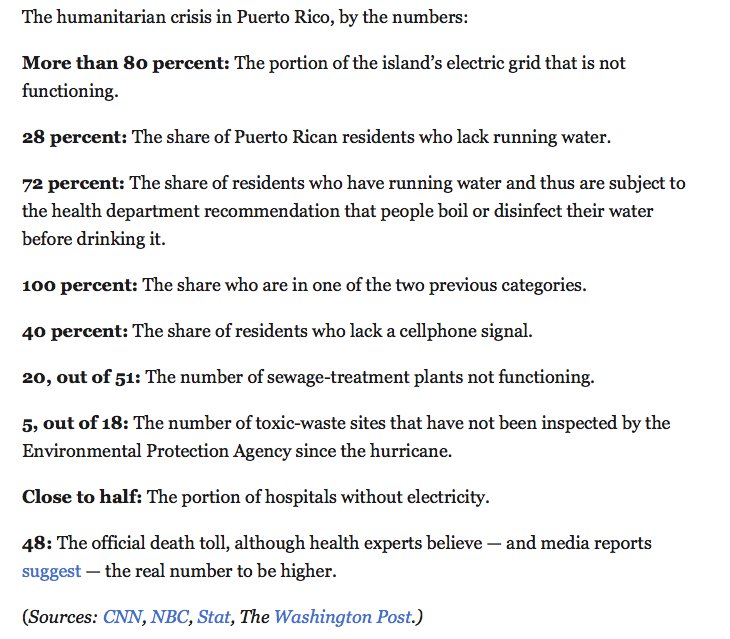6 Types of Misinformation to Beware of on Election Day. (And What to Do if You Spot Them.) nyti.ms/2ySmRpI
In 2016, false information circulated on social media — including some that was spread by Russia-linked accounts — that told voters they could cast their ballots by text message, email or over the internet. These rumors may circulate again in 2018, and















